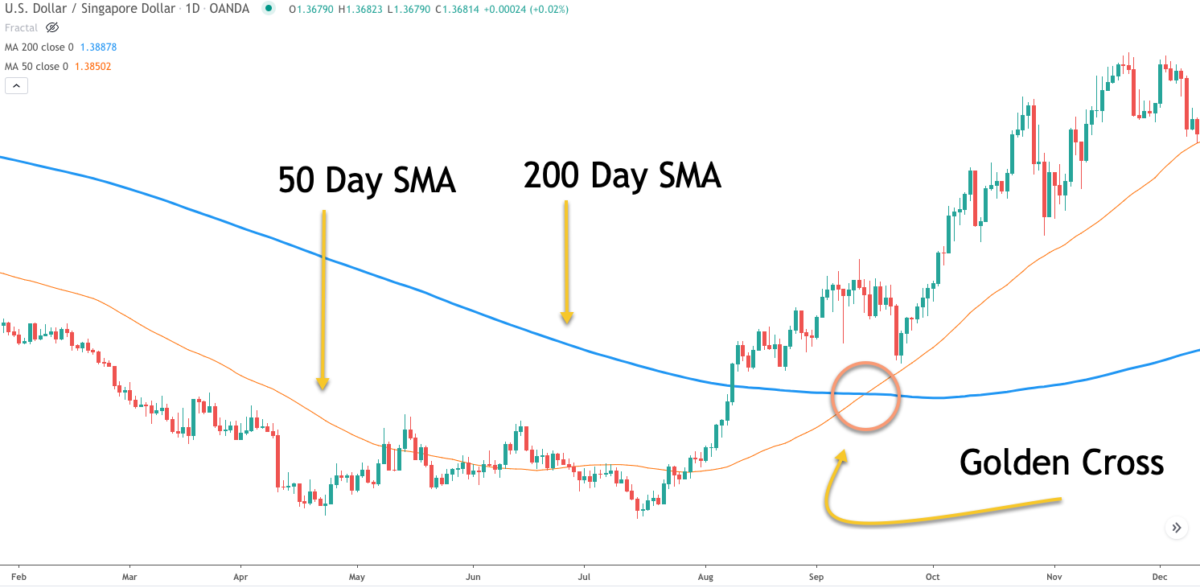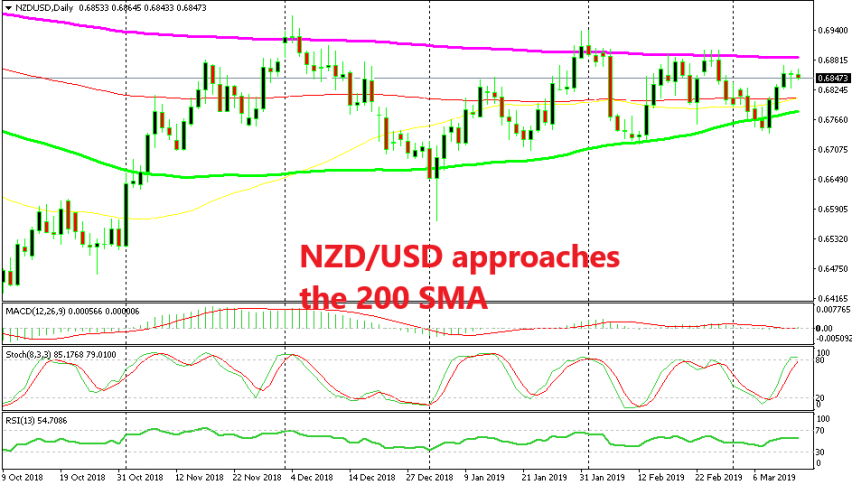

When it rises above, you remove the position.

Regarding a short position, you sell when the cost exceeds the moving average. You remove the position when the current price gets below the moving average. You buy if you have a current price that passes over the smoothed average line.
200 SMA VS 200 EMA HOW TO
Marketing technicians suggest using longer-term averages while trading with two smoothed moving average that uses the same signal.Īnother approach in trading is to know how to manage the current price. Simultaneously, a sell signal occurs when the short-term average exceeds the long-term average. You are alerted about a new buy signal when the line denotes a short-term average that crosses above the line that stands for a longer-term average. Smoothed moving averages are widely used in trending markets. The main advantage of a smoothed moving average is that it removes short-term fluctuations and allows us to view the price trends much more accessible. Nonetheless, it is not removed from the computation process, as it fosters a long-term vision of the trading trends. Price data collected one month ago, for example, will be given lower significance in calculating the smoothed moving average due to its negligible impact on the current price trends. Still, older and new data are not assigned the same weight due to their relevance in establishing the current price. Simultaneously, a smoothed study also considers data from the distant past, say a month or two months ago, which plays a role in determining a more accurate and relevant average. A simple study uses only the most recent data to generate the average. The most crucial difference refers to the period taken into account while calculating the average. Overall, using Smoothed Moving Average formula can be a powerful tool for investors looking to gain insights into market trends and make more informed decisions regarding trading and investing activities.Ī smoothed moving average differs from a simple moving average in several aspects. Once you’ve calculated all of your SMMA values for different periods in your original data set, you can then plot these values on a chart or graph to help analyze trends and make predictions about future price movements based on past performance.Where SMA represents the “Simple Moving Average,” p is the previous day’s SMMA value for each date range in your original data set, and n is the total number of days in each date range (the number of trading days between each date).To do this, you will use the following formula: Now that you have your two arrays created, you can begin applying the smoothing function to calculate your final SMMA value for each date range in your original data set.Next, create another array that contains the number of trading days within each date range in your original array.For example, if you are analyzing daily stock prices over one year, your array might look like this: Create an array containing your historical prices and their corresponding dates.Once you have your data points, you can begin calculating the SMMA value using the following steps: You can typically find this data on financial websites or in historical stock reports.



 0 kommentar(er)
0 kommentar(er)
